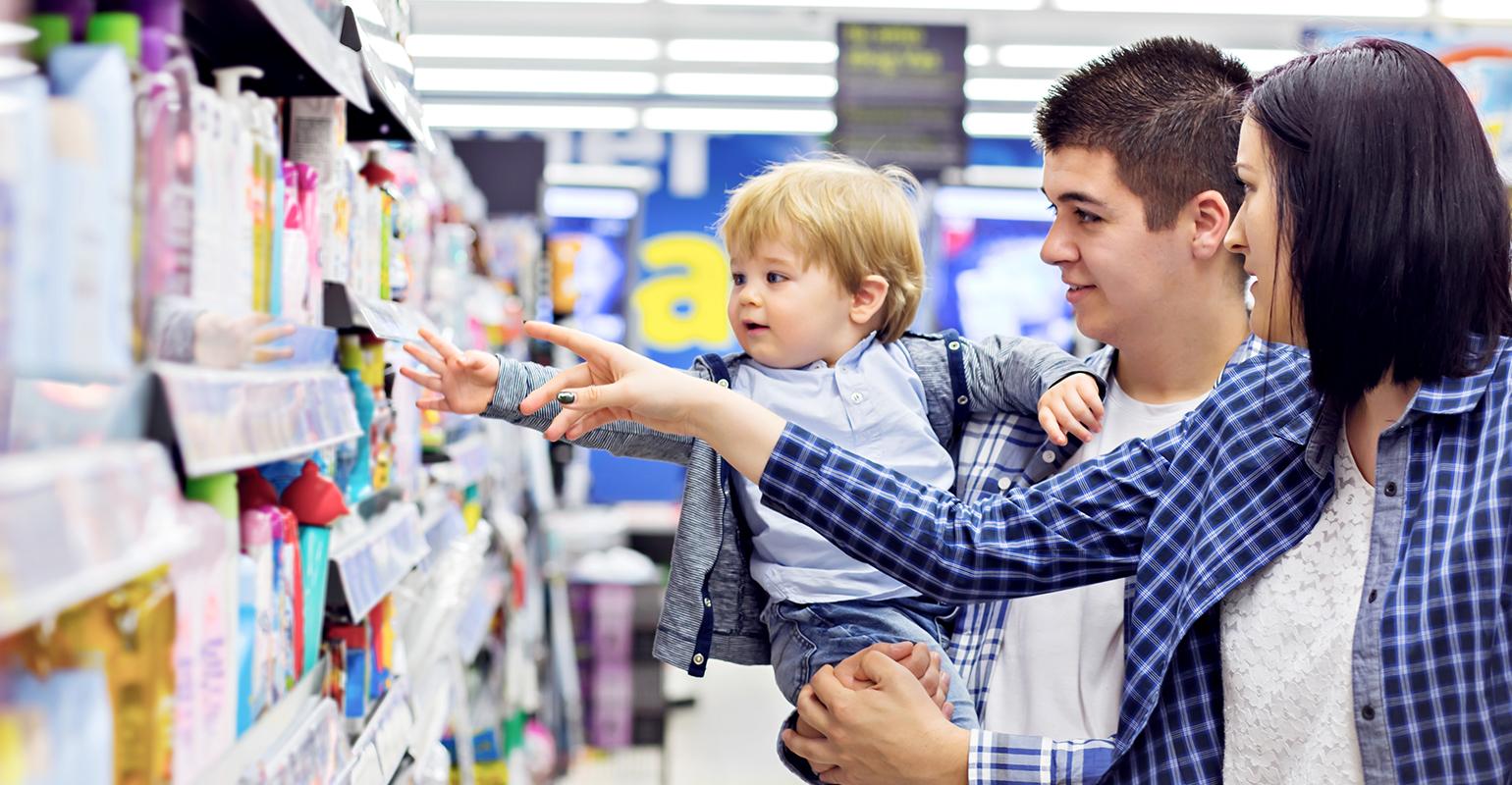
Most people are surprised to learn that nearly two-thirds of shoppers admit to impulsively purchasing something makes them feel happier. It is also quite intriguing to learn nearly 60% of shoppers insist they saved money as a result of such impulse shopping.
For retailers, the challenge lies in encouraging customers to make impulse purchases. There are plenty of ways to subtly steer shoppers toward impulse purchases. Let's explore them.
Product Placement is Essential to Impulse Shopping
Think back to the last time you were in a retail or other brick-and-mortar store. You likely wandered around, checking out the selection and possibly made one or several last-minute purchases. Chances are, product placement played an important role in your impulse purchase. Product placement is the strategic presentation of products.
For example, vertically placing products encourages impulse buying, especially if the most coveted products are positioned squarely in front of shoppers. Position additional items along the display and shoppers will look them over, making it more likely to purchase. Block placement in which similar products are grouped with one another, also encourages impulse buying. The logic is that it plants a mental seed that provokes an impulse purchase of other products in the vicinity.
Position Items near the Checkout Counter
Most customers are inclined to consider adding more items to their shopping cart at the point prior to checkout. Checkout lines provide an invaluable opportunity to showcase items you desperately want to sell or those with high profit margins. Strategically place such products near checkout lines and shoppers will be inclined to toss them into their carts/baskets as they wait for the line ahead to clear. The “why” of such consumer psychology rests in the fact that those positioned in the area dubbed the “point of sale” space are in a buying mood.
Pair your strategically placed kiosks with lightning-fast and 100% accurate payment processing systems and the buyer’s journey from the moment he or she walks into the store until the moment of exit will prove satisfying. Fast digital payment processing also encourages customers to return for additional patronage highlighted by even more impulse buys.
Upselling and Employee Training
Train your team to suggest products the store needs to eliminate or those with high margins, and customers will be inclined to consider an impulse purchase. The best retail sales professionals are expert up-sellers, meaning they use words in a persuasive and artful manner to convince customers to buy products that complement those already in the customer’s cart or basket.
Invest the time necessary to train your team on the subtleties of your product inventory and they’ll be that much more successful up-sellers, ultimately encouraging impulse purchases.
The Strategic use of Kiosks
If your retail store does not yet have at least one kiosk, now is the time to add one. The most successful brick-and-mortar stores feature multiple kiosks, each of which is strategically positioned throughout the sales floor. Place your kiosks in high-traffic parts of the store including aisle ends for prominent display. Load up your kiosks with items you desperately want to sell and you’ll offload your excess inventory. Feature items that are especially coveted or those with strong visual appeal on your kiosks. These items increase the amount of time customers spend in the store while simultaneously reinforcing legitimacy.
Kiosks featuring particularly intriguing or popular products are even more likely to hike impulse purchases, especially when positioned toward the front of the store where customers are highly engaged with the shopping experience and most inclined to consider adding an item to their handbasket or shopping cart. Alternatively, it is also logical to add items with considerable universal appeal to kiosks. The inherent visual uniqueness of the kiosk grabs the attention of shoppers. It is the universal appeal of the items on the kiosk that inspire impulse purchases across a wide demographic swath.
Draw Attention to Your Kiosks
The eyes naturally gravitate to kiosks simply because they stand out from the rest of the store. However, a plain-looking kiosk that is white or beige in hue, featuring visually bland products without colorful signage won’t make an impact. Improve the aesthetics of your kiosks with signs, colorful hues and visually-striking products to capture shoppers’ attention all the more. Add colors such as yellow and red that please the eyes to encourage even more impulse buying.
If you’d like to learn more about getting more impulse buys in your small business, go to www.getvms.com
